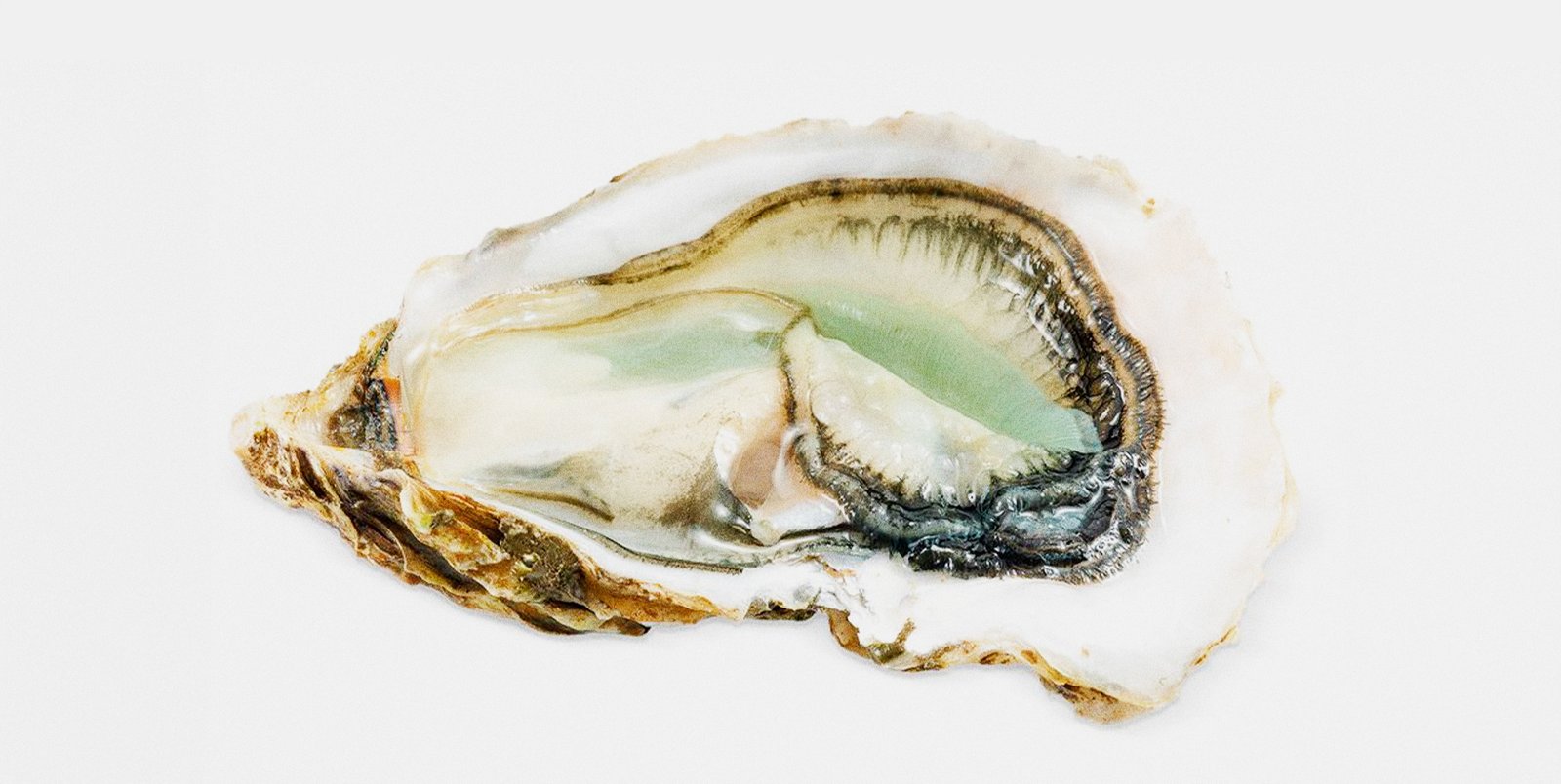


















Some women have been “influenced.” But, when it comes to that lusty bit of nourishment we know as the oyster, it is notably men—countless gents today and centuries begone—who’ve gobbled up this culinary marvel with a fiery purpose. But do we really know the depths, the life, and the powers behind this most mysterious phenomenon?
The enigmatic oyster truly lives a peculiar life. It lives as both genders in one lifetime, first as a he before becoming a she. What’s even more fascinating, however, is that danger becomes constant for this he-now-she. Once a female, she is well-aware of her perpetual vulnerability. Her delicate muscles must keep her shells solidly and stolidly shut, only to then lie motionless and soundless, there in her cold secluded dismal recluse. She must face seven enemies, the eighth being man, who shields her from the rest only to ultimately feast upon her either for his cerebral or lustful profit. The starfish, for instance, coils its arms around her like a repugnant suitor and pries her shells open before slurping her into its stomach hole. Then there are the snail and the sponge who burrow holes or tunnels through her shells to then strike and slug her down. If these assailants don’t end her misery, then leeches or mussels or slipper shells may likely do so, camping out on her shells, consuming all her sustenance until she’s much too weak and weary to persevere.
Life is tough, so we claim. But for the oyster, life is much grimmer. She lives deathly still and deathly quiet, the squishy chilling contours of her form, her only consolation. And if she so manages to evade the threat of the ominous starfish-snail-sponge-leech-mussel-slipper-duck, her fate is hopelessly left to the dredging, the shucking and the swallowing of man.
No, it’s not a pretty picture for our silky glistening culinary anomaly. Whether she goes to enrich a man’s brain, fill his belly, or empower his private parts, our dear tender oyster is captivating way beyond what meets our eye.
Firstly, the oyster is packed with health benefits, providing a nourishing blend of vital chemical elements, like oxygen, hydrogen, and nitrogen, all vital to our wellbeing. She offers “fuel value,” meaning she is rich in vitamins, like zinc, calcium, vitamin C and most significantly phosphorus. It’s been said she contains more mighty phosphorus than quite possibly any other food! And phosphorus, in case you’re unawares, is brain food, and has been considered essential since long before the 15th century as a way to boost the intellect.
Cicero ate oysters regularly to enhance his eloquence. The vainglorious Louis XI held yearly banquets in which he obliged his invites to gorge down oysters by the dozens. Why? Because his invites were a select group of professors who in his “Roi Terrible” mind represented the intellectual prowess of his reign. And the times of Voltaire also saw the oyster guzzled down by the dozen-ful as a starter (or apéritif) and a reason to rejoice in the sensual pleasures of life.
Today, we can break down the profile of the oyster-eater into three distinct categories: those with unrestrained palates who will eat the oyster any which way: hot, cold, thin, thick, dead or alive, so long as it’s an oyster; those who will only eat them cooked; and those who are purist—the true aficionados—who insist on them raw and nothing but raw. There is something to be said about those who fall into this last profile, those such as my hubbo Javi. They are the adamant believers, those who believe whole-heartedly that the perfect oyster—perfectly plucked from its chilly sanctuary and presented on a plate raw, chilled, in season, and entirely naked and exposed—is the answer, unequivocally the answer, to a greater power.
But this mysterious power of the oyster goes as far back as the Neolithic times. The best example may be Giacomo Casanova, the 18th-century Venetian author known for his lascivious escapades. In preparation of his liaisons, he would eat 50 oysters for breakfast to ignite the fire of desire within his loins. Yes, apart from the protein and vitamin sustenance that she offers, our reputable oyster is infamously linked to libido boosts. Perhaps it is her zinc doing its job in testosterone production. Perhaps it is her D-Aspartic acid, which in studies of rats has been shown to spark arousal. But despite all such claims, the oyster’s reputation as passion-igniter may simply be the effect of her fleshier, more carnal aspects. I am positively sure that her aphrodisiac spells are never noted when she is baked, breaded or chicken-fried.
Let’s be truly honest, shall we? Might her unparalleled influence in gastronomy not have EVERYTHING to do with her odor, her texture, her consistency and presentation? I wouldn’t want to burst anyone’s bubble, but there are many connections to be drawn between said “cunnilingus of gastronomy” (author Will Self) and the actual object of the c-word.
As per myself, the raw oyster lingers in my gastronomic mind and on my spiritual taste-buds as the most intriguing morsel of passion I never really eat.
And whether the myth of our she-oyster as raw, sexy arousing love-aid is an old wives’ tale or the real deal—whether or not hubbo Javi is all the more powerful for it—men will still be men, in spite of that lustful spell on a half-shell.

A haven for eccentric, thoughtfully crafted and curated info and inspo.
Copyright 2025 – The Blog. All rights reserved
A personal proposition to a savvier, more qualitative, way of life.
We don’t give it up for free.
(And neither should you.)